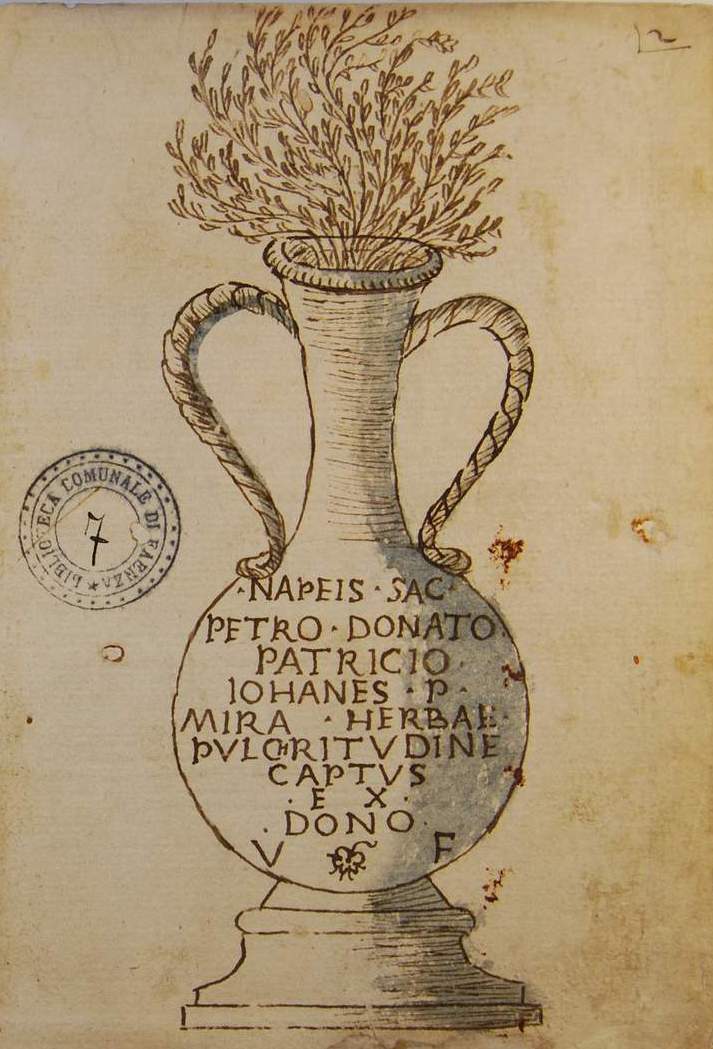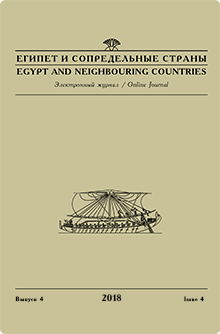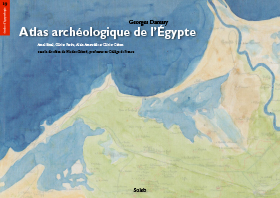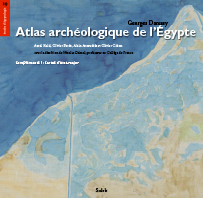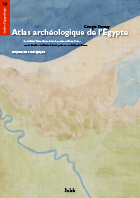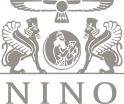Keep TM alive!
'This invaluable site also has no long-term funding or sustainability plan.'– Bagnall / Heath, 'Roman Studies and Digital Resources', in: Journal of Roman Studies 108 (2018), p. 177.Just like every plant needs water and sunshine to survive, a digital projects needs money and people to thrive. Despite our - at times quite intense - funding rain dances, however, we have not exactly been showered with money the last five years. Even our wells have started to run dry, so that today we have no other choice than to take drastic measures to assure that our collaborators will still tend to Trismegistos in the future.
To raise money to keep a project alive there are in my mind 6 options:1. Get funded by your universityThis would perhaps be the ideal situation: that a university cares about a project so much that it will continue to fund it, in good times and bad. Perhaps some universities see that as an option, but KU Leuven definitely does not. All funding for projects is competitive and linked to short-term projects.2. Get project applications approvedThis is the path we have followed so far, with some success up until about five years ago. In Europe, projects almost always focus on innovative research questions, not on infrastructure. Funding agencies in general care little or nothing about continuity. Databases such as TM Texts, TM People, or TM Places have been created as part of a research project, but there is no funding for their afterlife, although they are by now heavily used by the community, and maintaining and updating them raises the work load. And spending a lot of time writing applications for temporary projects cannot be a very sustainable way to deal with the problem of funding.3. Raise money for an endowmentIf we cannot ask for money from our institutions and funding agencies, can we ask wealthy people to endow a position? Perhaps in the States or even in the UK, finding a philantropist willing to sponsor your endeavours might be a possibility. In Europe, however, citizens are already taxed so much, so that they are less likely to give in to these inclinations. I will gladly be proven wrong on this one, of course, so please contact me (by clicking on the envelope in the footer below) if you think this is nonsense.4. AdvertisingThe main effect of advertising is that it will make TM look cheap. On top of that it would not really raise much money.5. Go to a commercial publisherCommercial publishers seem an attractive option to keep digital projects alive. In the past few years Brepols for example has expanded its digital assets with L'Année philologique, to complement the Digital Latin Library. Brill is another main player, with the Supplementum Epigraphicum Graecum and Brill's New Jacoby. Other websites have set up their own subscription services, e.g. the Online Egyptological Bibliography in Oxford, or the Thesaurus Linguae Graecae. But none of these projects is Open Access, and that is something we have always been committed to.6. Charge for functionalityThat is why we have decided to take yet another path, and ask you to subscribe not for TM's data, but for its functionality. After all, making the information accessible to you is what we spend most of our time on, and especially this last year we have - we hope - greatly enhanced the user-friendliness of TM through visualisations and improved search interfaces. Therefore, starting 1 January 2020, the use of most of these improvements will be restricted to subscribers only.Are we happy introducing this? No, but we think it is a necessity if we want to keep Trismegistos alive. Right now we are down to a single 10% job (Herbert Verreth) to keep TM upright. Willy Clarysse also spends most of his non-grandchildren-babysitting time on the LDAB, and Yanne Broux tries to keep up with TM People and the design of (new parts of) the website in her spare time, but they are volunteers. We have some technical support because we are a pilot project of CLARIAH Flanders (Tom Gheldof and Frederic Pietowksi). And I myself have the liberty of working on TM whenever I am not teaching or doing administration. The latter two take up increasing amounts of time, however, and my decreased traditional research output may be one of the reasons for the less successfull project applications mentioned above.
All in all, however, I think what we propose is ultimately fair. We hope that all of you will contact your libraries and institutions and ask them to subscribe to TM. If the costs are shared between Papyrology, Egyptology, Classics, Ancient History, Epigraphy, or whatever discipline uses Trismegistos, they are, we hope, quite modest in comparison with what others charge. And with us you can be sure that the money will only be used to assure the proper functioning and upkeep of the database and website.
Ultimately, it is your decision. If you think TM is not worth paying for, then we will cease to exist, our collaborators will become redundant, Willy will only play cards and take care of his grandchildren, and I will return to Demotic. But we hope it won't come to that and that you will chose to keep Trismegistos alive. Click here to know how.
– Mark Depauw, for Trismegistos, 22 July 2019


